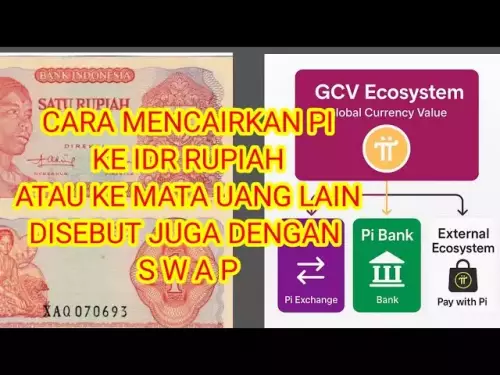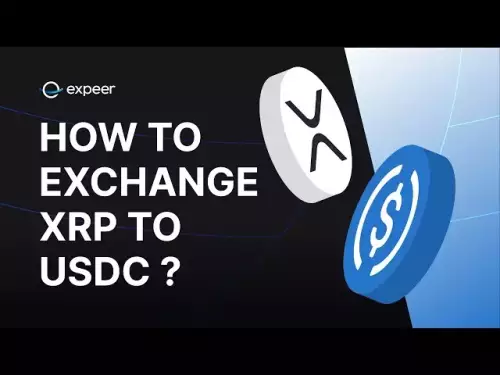-
 bitcoin
bitcoin $112715.707551 USD
-1.71% -
 ethereum
ethereum $4101.475385 USD
-3.01% -
 tether
tether $1.000644 USD
-0.02% -
 bnb
bnb $1207.619465 USD
-6.77% -
 xrp
xrp $2.501451 USD
-3.98% -
 solana
solana $202.947124 USD
-3.32% -
 usd-coin
usd-coin $1.000295 USD
0.04% -
 dogecoin
dogecoin $0.203884 USD
-4.47% -
 tron
tron $0.317154 USD
-1.72% -
 cardano
cardano $0.695009 USD
-4.43% -
 hyperliquid
hyperliquid $38.853961 USD
-8.23% -
 chainlink
chainlink $18.988674 USD
-4.64% -
 ethena-usde
ethena-usde $1.000233 USD
-0.03% -
 stellar
stellar $0.337050 USD
-3.63% -
 bitcoin-cash
bitcoin-cash $536.861728 USD
-1.28%
Why did my Dogecoin contracts position auto-deleverage?
Auto-deleverage in Dogecoin futures adjusts high-risk leveraged positions during volatility to prevent systemic issues, preserving market stability without closing trades entirely.
Oct 14, 2025 at 12:37 am
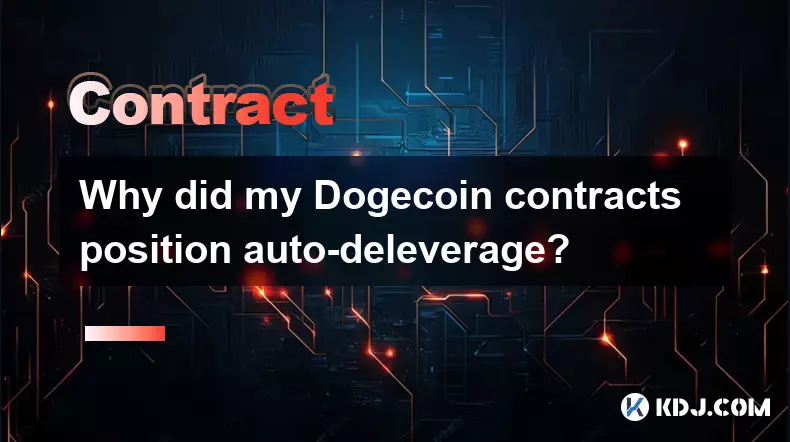
Understanding Auto-Deleverage in Dogecoin Futures Trading
1. When trading Dogecoin futures on leveraged platforms, users may encounter a mechanism known as auto-deleverage. This process occurs during extreme market volatility or when a trader’s position nears liquidation. Exchanges implement this feature to maintain system stability and prevent cascading losses across the platform. Unlike traditional stop-loss triggers, auto-deleverage is initiated by the exchange itself, typically affecting highly leveraged positions that pose systemic risk.
2. The primary reason behind auto-deleverage lies in the funding structure of perpetual contracts. In peer-to-peer or hybrid margin models, long and short positions are effectively matched. When one side of the market becomes overwhelmingly dominant—such as an influx of long Dogecoin contracts during a sharp rally—the exchange may selectively reduce leverage on oversized positions to balance exposure. This helps avoid scenarios where mass liquidations could destabilize pricing mechanisms.
3. Risk management protocols vary between exchanges, but most employ dynamic thresholds based on open interest and price deviation. If your Dogecoin contract shows abnormal leverage relative to average market conditions, it becomes a candidate for automatic adjustment. This does not necessarily indicate poor performance on your part, but rather reflects the platform’s effort to mitigate counterparty risk during unpredictable movements in the DOGE/USDT or DOGE/BTC pair.
Triggers That Lead to Position Adjustment
1. Sudden spikes in Dogecoin trading volume can prompt algorithmic reassessment of outstanding leveraged positions. For example, if a major influencer tweets about DOGE or a large wallet moves millions of tokens, exchanges may preemptively deleverage exposed contracts to cushion potential slippage. These events often coincide with widened bid-ask spreads and temporary liquidity shortages.
2. Funding rate imbalances also play a critical role. In perpetual swap markets, excessively high funding rates signal skewed positioning. If long Dogecoin traders are paying significantly higher premiums to maintain their positions, the system may initiate auto-deleverage on the long side to restore equilibrium. This prevents prolonged distortions in fair value pricing.
3. Exchange-specific maintenance routines can include periodic rebalancing of leverage ratios. Some platforms use real-time risk engines that scan all active contracts every few seconds. Positions exceeding predefined volatility-adjusted thresholds—especially those using 50x or 100x leverage—are more likely to be modified without manual intervention.
How Platforms Enforce Deleverage Rules
1. Most derivative exchanges utilize a tiered margin system where allowable leverage decreases as position size increases. If your Dogecoin contract grows beyond a certain notional value due to price movement or additional entries, it may automatically fall into a lower-leverage tier. This adjustment happens seamlessly and often without explicit notification.
2. Insurance funds and clawback mechanisms are tied to auto-deleverage logic. In cases where a position's collapse could drain the insurance pool, the system prioritizes reducing leverage before full liquidation occurs. This protects both the platform and other traders from adverse price gaps.
3. Certain platforms employ ADL (Auto-Deleverage) queues that rank opposing positions by profitability and leverage level. If your Dogecoin short is highly profitable and leveraged, it might absorb partial reductions when opposing longs face distress. The redistribution aims to transfer liability from failing accounts to robust ones.
Preventing Unwanted Position Changes
1. Monitor your effective leverage continuously, especially during news-heavy periods. Setting alerts for when your leverage crosses key thresholds (e.g., 20x, 50x) allows proactive adjustments before automated systems intervene.
2. Avoid concentrating large positions on single-entry points. Scaling into trades over time reduces the likelihood of triggering threshold-based deleverage rules. Diversifying across multiple contracts with varying maturities can also improve resilience.
3. Choose exchanges with transparent risk frameworks. Platforms that publish detailed documentation on their ADL logic, funding calculations, and tiered margin structures enable better strategic planning. Knowing exactly how and when auto-deleverage activates gives you control over risk exposure.
Frequently Asked Questions
What is the difference between liquidation and auto-deleverage?
Auto-deleverage reduces your position’s leverage to meet risk parameters, while liquidation closes the entire position when margin falls below maintenance levels. Auto-deleverage preserves part of the trade; liquidation terminates it completely.
Can I disable auto-deleverage on my Dogecoin contract?
No, this feature cannot be disabled as it is enforced by the exchange’s risk engine. However, you can minimize exposure by using lower leverage and avoiding peak volatility windows.
Does auto-deleverage affect spot holdings of Dogecoin?
No, auto-deleverage applies only to leveraged derivatives such as futures and perpetual swaps. Spot balances remain unaffected regardless of market conditions.
Are profits impacted when a position undergoes auto-deleverage?
Temporary unrealized gains may be reduced due to adjusted position size, but the core equity remains intact unless further price deterioration leads to partial liquidation.
Disclaimer:info@kdj.com
The information provided is not trading advice. kdj.com does not assume any responsibility for any investments made based on the information provided in this article. Cryptocurrencies are highly volatile and it is highly recommended that you invest with caution after thorough research!
If you believe that the content used on this website infringes your copyright, please contact us immediately (info@kdj.com) and we will delete it promptly.
- Milk Mocha's $HUGS Token: Why the Whitelist & Presale 2025 are Exploding
- 2025-10-16 04:30:01
- Microsoft, Bitcoin, and GitHub: A Balancing Act in the Digital Age
- 2025-10-16 04:30:01
- Navigating the Crypto Chaos: Bitcoin Crash, Maturing Meme Coins, and Market Momentum
- 2025-10-16 04:30:01
- Solana's On-Chain Growth: Grayscale's Bets and the $260 Target
- 2025-10-16 04:40:01
- CoinShares, Nasdaq Listing, and the XRP ETF Race: What's the Deal?
- 2025-10-16 03:21:05
- XRP, Bitcoin, and the $3 Retest: Navigating Crypto's Current Landscape
- 2025-10-16 03:21:05
Related knowledge

How to calculate the ROI for Ethereum contracts?
Oct 09,2025 at 04:36pm
Understanding Ethereum Contract ROI Basics1. Return on Investment (ROI) for Ethereum contracts begins with tracking the initial capital deployed into ...

How to find arbitrage opportunities between different Bitcoin contracts?
Oct 14,2025 at 11:18pm
Finding Arbitrage Opportunities in Bitcoin Futures Markets1. Monitor price discrepancies across exchanges offering Bitcoin futures contracts. Differen...
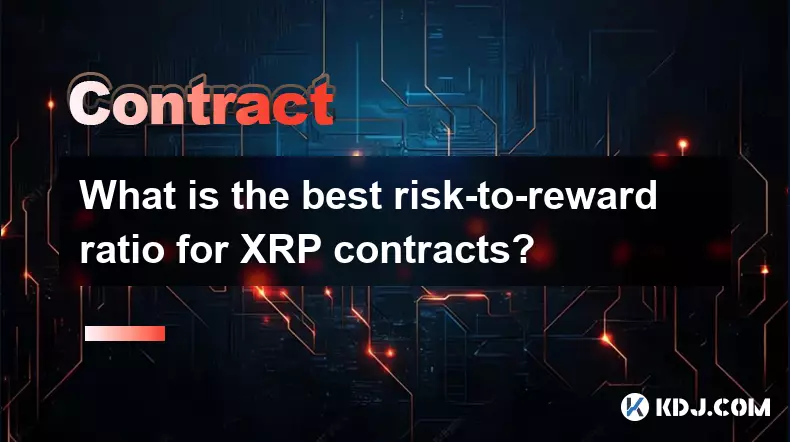
What is the best risk-to-reward ratio for XRP contracts?
Oct 11,2025 at 04:18am
Understanding Risk-to-Reward in XRP Futures Trading1. The risk-to-reward ratio is a fundamental metric used by traders to evaluate the potential profi...
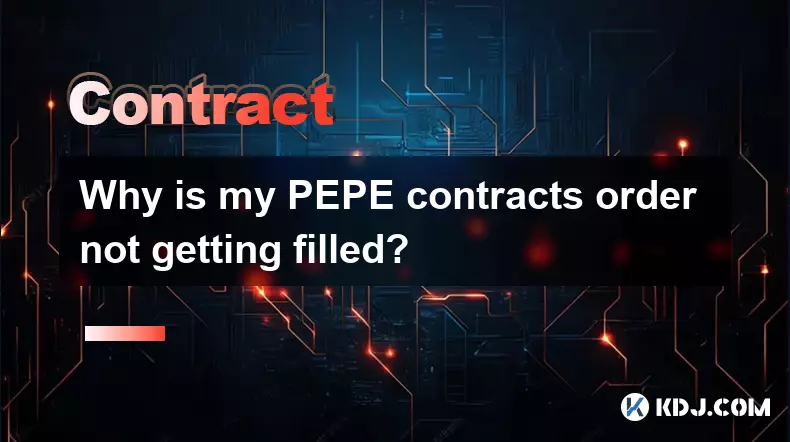
Why is my PEPE contracts order not getting filled?
Oct 12,2025 at 06:01pm
Understanding Liquidity Issues in PEPE Contracts1. Low liquidity is one of the primary reasons a PEPE contract order may not get filled. Many meme-bas...
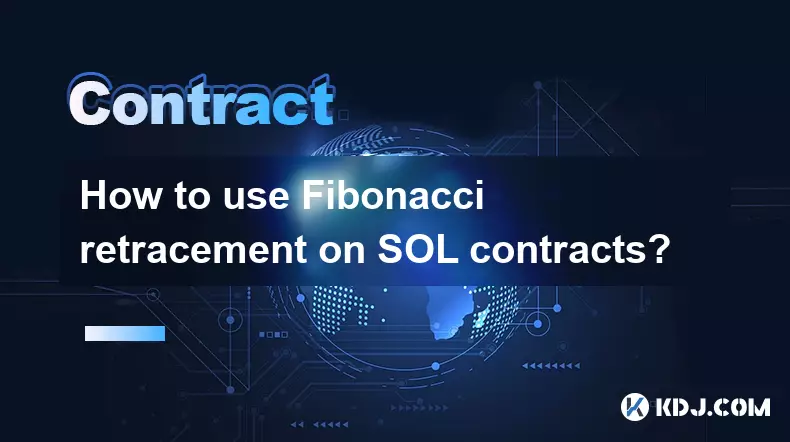
How to use Fibonacci retracement on SOL contracts?
Oct 14,2025 at 02:36pm
Fibonacci Retracement Basics in SOL Trading1. Fibonacci retracement is a technical analysis tool used to identify potential support and resistance lev...

Is it better to trade Dogecoin contracts or spot?
Oct 12,2025 at 04:54pm
Understanding Dogecoin Spot Trading Mechanics1. Spot trading involves the direct purchase and ownership of Dogecoin at the current market price. Trade...

How to calculate the ROI for Ethereum contracts?
Oct 09,2025 at 04:36pm
Understanding Ethereum Contract ROI Basics1. Return on Investment (ROI) for Ethereum contracts begins with tracking the initial capital deployed into ...

How to find arbitrage opportunities between different Bitcoin contracts?
Oct 14,2025 at 11:18pm
Finding Arbitrage Opportunities in Bitcoin Futures Markets1. Monitor price discrepancies across exchanges offering Bitcoin futures contracts. Differen...

What is the best risk-to-reward ratio for XRP contracts?
Oct 11,2025 at 04:18am
Understanding Risk-to-Reward in XRP Futures Trading1. The risk-to-reward ratio is a fundamental metric used by traders to evaluate the potential profi...

Why is my PEPE contracts order not getting filled?
Oct 12,2025 at 06:01pm
Understanding Liquidity Issues in PEPE Contracts1. Low liquidity is one of the primary reasons a PEPE contract order may not get filled. Many meme-bas...

How to use Fibonacci retracement on SOL contracts?
Oct 14,2025 at 02:36pm
Fibonacci Retracement Basics in SOL Trading1. Fibonacci retracement is a technical analysis tool used to identify potential support and resistance lev...

Is it better to trade Dogecoin contracts or spot?
Oct 12,2025 at 04:54pm
Understanding Dogecoin Spot Trading Mechanics1. Spot trading involves the direct purchase and ownership of Dogecoin at the current market price. Trade...
See all articles





















